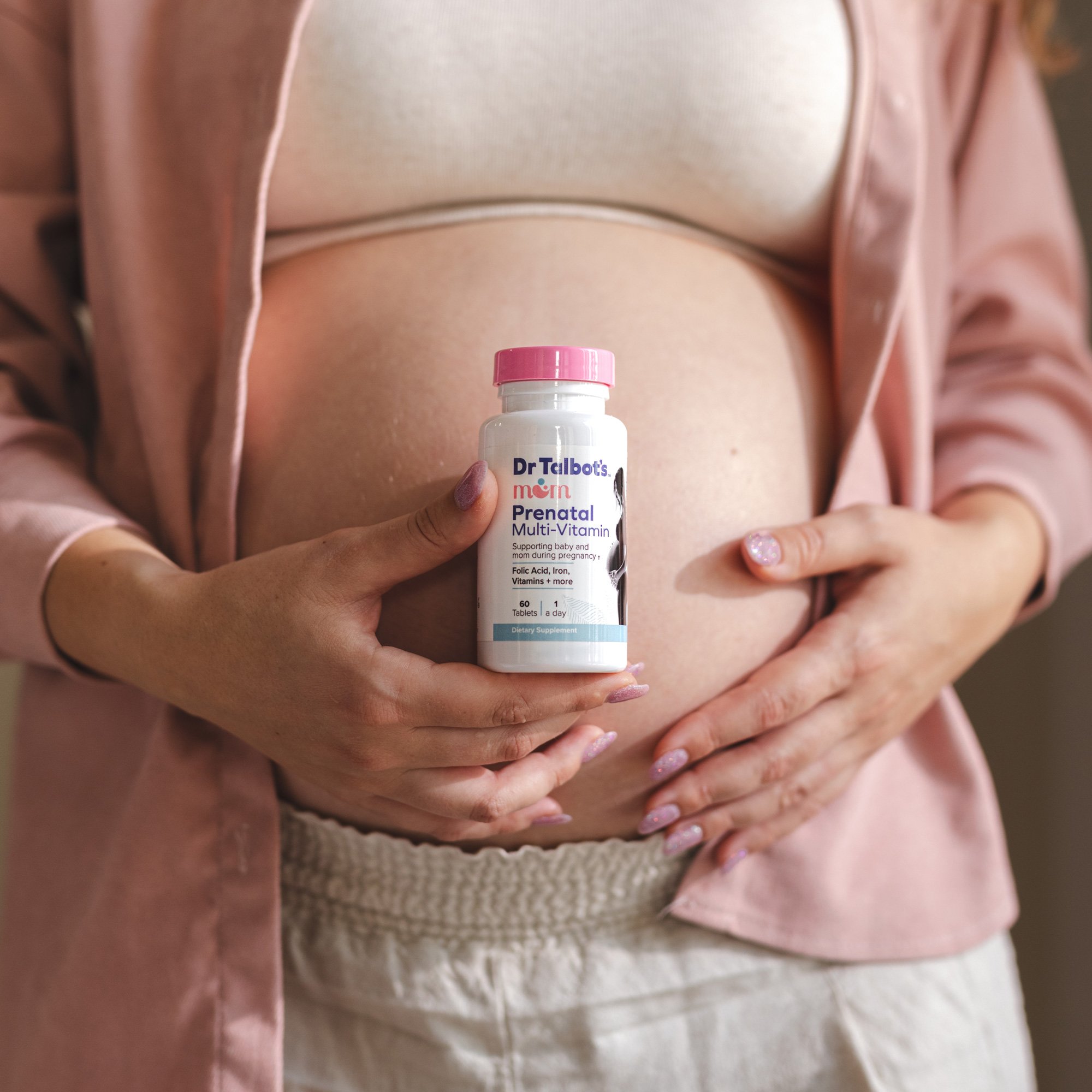The Fetal Stage of Prenatal Development: A Comprehensive Guide
Understanding your baby’s milestones during pregnancy can help you feel more connected to them. This comprehensive guide will take you through developments taking place each week during the longest and most transformative period of pregnancy—the fetal stage.
The Three Stages of Prenatal Development
Prenatal development takes about 38 to 40 weeks and is divided into three stages:
The germinal stage begins at conception and lasts about two weeks. During this brief period, the fertilized egg transforms into a cluster of cells called a blastocyst, which then implants in the uterine wall.
The embryonic stage lasts from weeks three to eight. During this stage, the blastocyst begins to take on distinct human characteristics and is now called an embryo.
The fetal stage of prenatal development lasts from week nine to birth and is the most important stage. During this extended period, your little one (now called a fetus) develops facial features, limbs, and internal organs.

Understanding the Fetal Stage of Prenatal Development
The fetal stage is the third and longest phase of prenatal development. It begins the ninth week after fertilization and ends at birth, lasting about 30 weeks. During this period, the nervous system forms, organs and tissues develop, and your baby grows from about 1 inch to 20 inches.
Key Processes During the Fetal Stage
Some major developments happening during the fetal stage include:
Rapid Growth and Maturation
Your baby’s size and weight increase rapidly, with most growth occurring in the second trimester. By the 12th week, your baby will have filled the entire uterus. Around the 16th week, they’ll measure about 4 to 5 inches with fully formed fingers and toes.
Organ Maturation
The fetal stage is crucial for the development of your baby’s organ systems. By the end of the third month, major organs, including the heart, lungs, and kidneys, will have formed. The nervous system continues to develop, and by around 24 weeks, most neurons in the brain will be formed.
Movement and Sensory Development
Basic reflexes like sucking thumb emerge as early as nine to 12 weeks. These movements will become more coordinated as the baby’s muscular and nervous systems mature. At 20 to 22 weeks, your little one can hear your voice and even experience pain sensations.
Detailed Description of the Fetal Stage
The fetal stage begins around the end of the first trimester and lasts through the second and third trimesters, making it the longest phase of prenatal development.

First Trimester (Weeks 9 to 12)
By week nine, your baby is close to half an inch long. Some developments that happen during this time include:
Weeks 9 to 10: Tiny tooth buds start to appear, along with eyelids, ears, fingers, and toes. You may even be able to hear your little one’s heartbeat during your prenatal care checkup.
Weeks 11 to 12: Your baby is around half an ounce and about 12 inches long. The bones have started hardening, although their skin is still very thin and see-through. You can now determine whether it’s a boy or girl using obstetric ultrasound.
Second Trimester (Weeks 13 to 24)
Some important developments happening during the second trimester include:
Weeks 13 to 15: Your baby is growing fast in the second trimester. Their eyes, nose, and taste buds are developing, skin is thickening, and hair follicles start growing. By week 15, the kidneys are making urine, and the heart is pumping blood.
Weeks 16 to 18: At week 16, your baby is about 5 inches long and 5 ounces. Their eyelids, upper lip, and ears have formed, so they can hear your heartbeat. As your little one grows, they continue adding fat, and fine colorless hair (lanugo) appears on their skin. By week 18, your baby goes to sleep and wakes up throughout the day. Most parents schedule their 20-week ultrasound at this stage, where many choose to learn the baby's gender.
Weeks 19 to 21: Your baby is about 10 inches long and a pound now. You can feel the movements getting stronger each day. Their little fingers and toes are fully formed, and they can even swallow or get hiccups.
Weeks 22 to 24: Tear ducts, eyebrows, hair, and muscles are forming, giving your little one their distinctive features. Their lungs are fully formed but not ready to breathe outside the womb.
Third Trimester (Weeks 25 to 40)
Your baby is growing fast in the third trimester. Some developments to expect include:
Weeks 25 to 28: Your baby adds more fat and starts to make melanin. Their lungs begin to produce surfactant, which will help them breathe outside the womb. By week 28, your little one is about 14 inches and 2.5 pounds. Their eyes can open and close, and they even have tiny eyelashes.
Weeks 29 to 32: Your baby is gaining weight fast. By 32 weeks, they are about 18 inches long and 5 pounds. Their skin is no longer see-through, and they may have a good amount of hair on their head. Your little one’s brain and lungs have also substantially developed. This is a perfect time to start speaking to them, as they can recognize your voice.
Weeks 33 to 36: Your baby is still gaining weight, and the brain and lungs are still developing. The waxy vernix coating starts getting thicker, and some babies move into a head-down position, ready for birth. During this phase, your baby will sleep much of the time, but their brain will be continuously active.
Weeks 37 to 40: The brain, lungs, and liver continue to develop. By week 40, your baby is fully grown and ready to be born. Call your midwife or doctor if you think you’re in labor.
Conclusion
The fetal stage lasts from week nine to birth and is the longest and most important stage of prenatal development. During this period, your baby’s organs and body systems form and mature, and they grow from a tiny embryo to a fully developed infant. Remember, every pregnancy is unique, and your baby’s development may vary slightly from these guidelines.